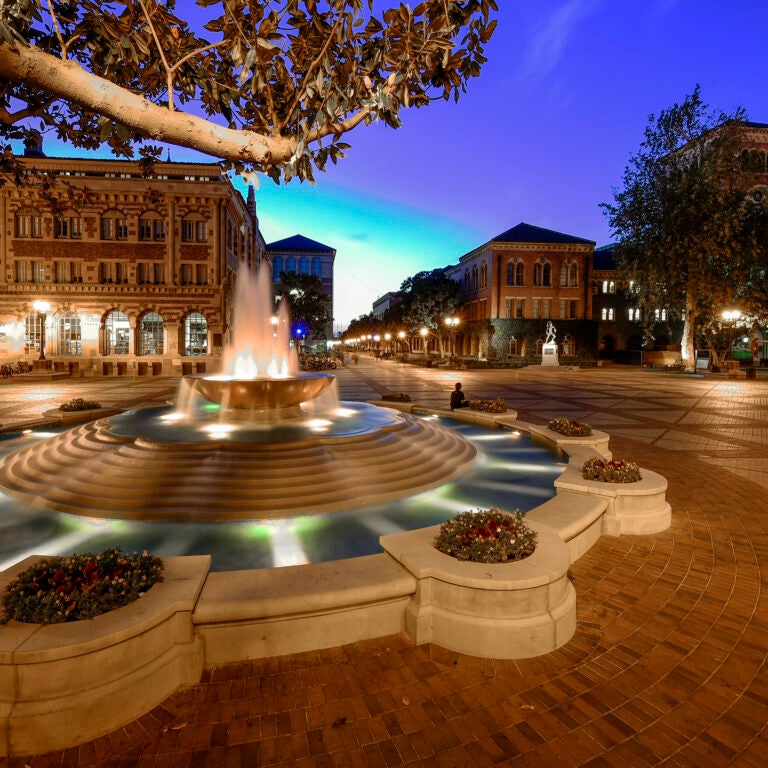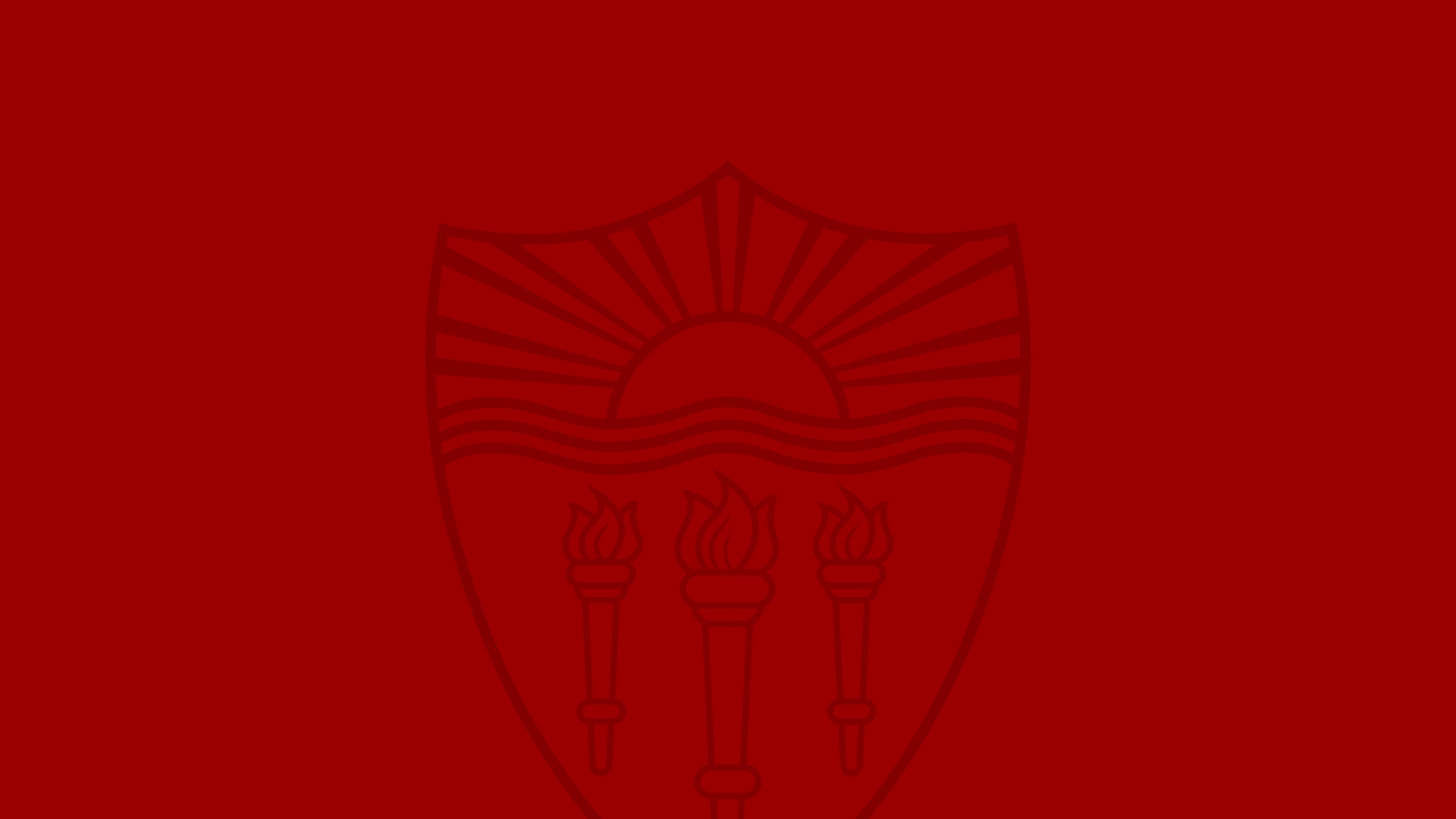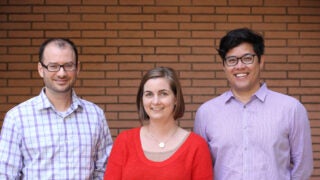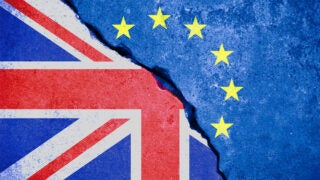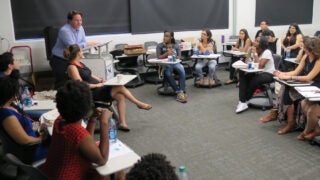From dental certificate programs to a farmers market, USC employees fund community-based programs.
News Listing
The scientists receive the first Broad Innovation Awards for their critical analysis of Lou Gehrig’s disease and immune systems.
USC architecture expert designs an award-winning game that explores ecology and urban planning.
USC Dornsife faculty reflect on Britain’s decision to leave the European Union in a historic vote that triggered financial turmoil.
Paul Irving of the USC Leonard Davis School discusses the countries with the highest life expectancy rates.
That guy who is constantly snapping photos during a concert might be increasing his enjoyment of that experience, a new study by USC’s Kristin Diehl and others suggests.
New research on certain microbes pushes forward USC professor and astrobiologist Kenneth Nealson’s several-decades-long effort to document new forms of life.
Sociologist Donald Miller sees a path to strengthening core values following one of the nation’s most atrocious incidents.
The institute aims to increase the diversity of the applicant pools for top doctorate programs in political science or other social science fields at USC and across the country.
The study reveals an association that needs further investigation: Hospitals with higher rates of opioid prescription also had the best ratings for pain management.
